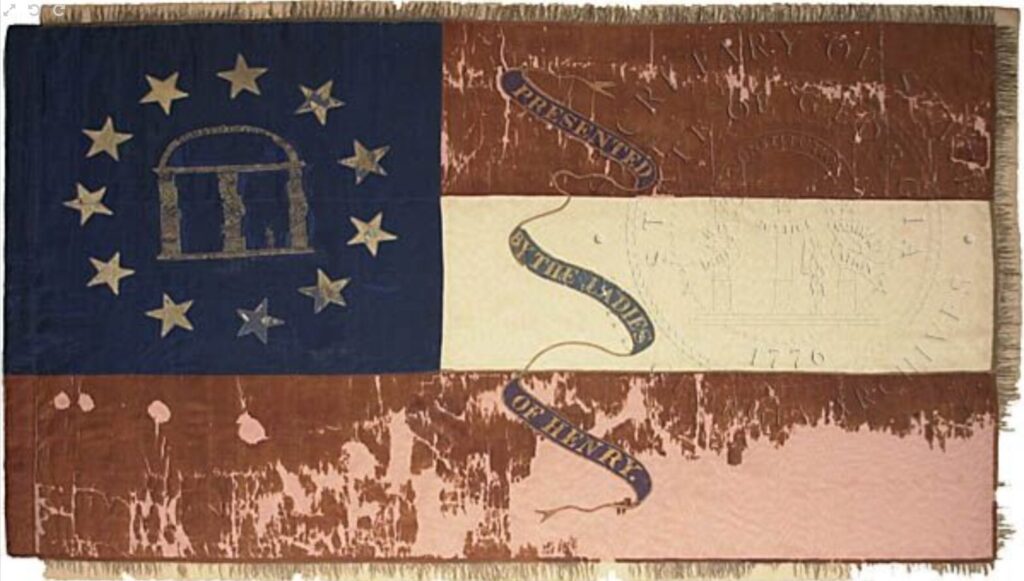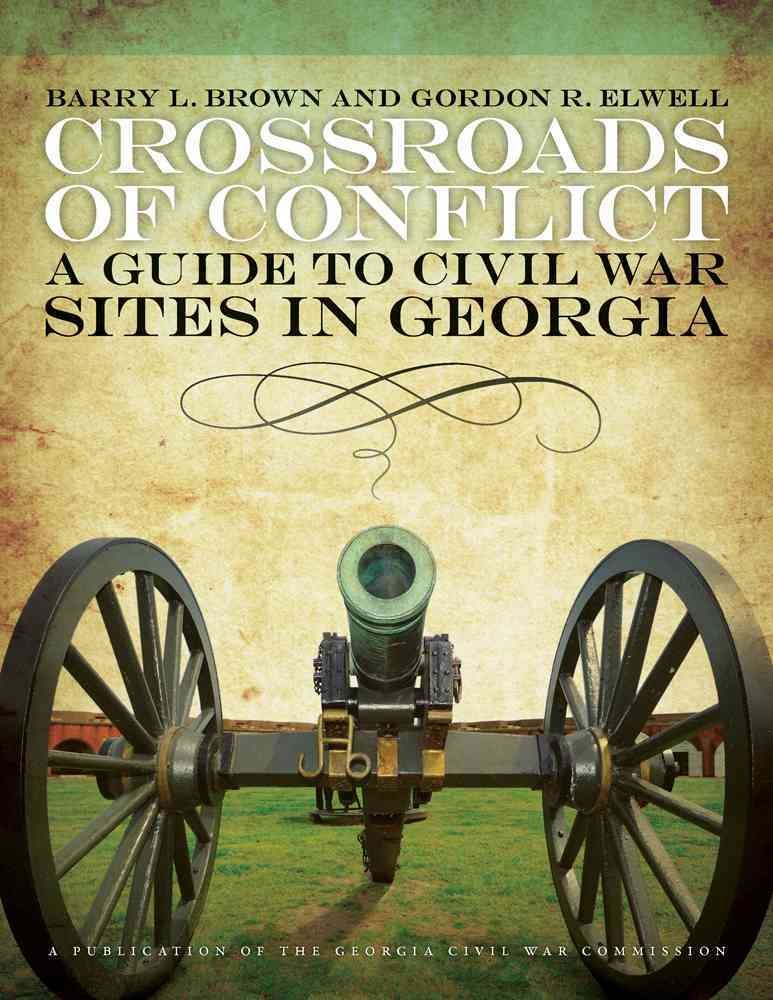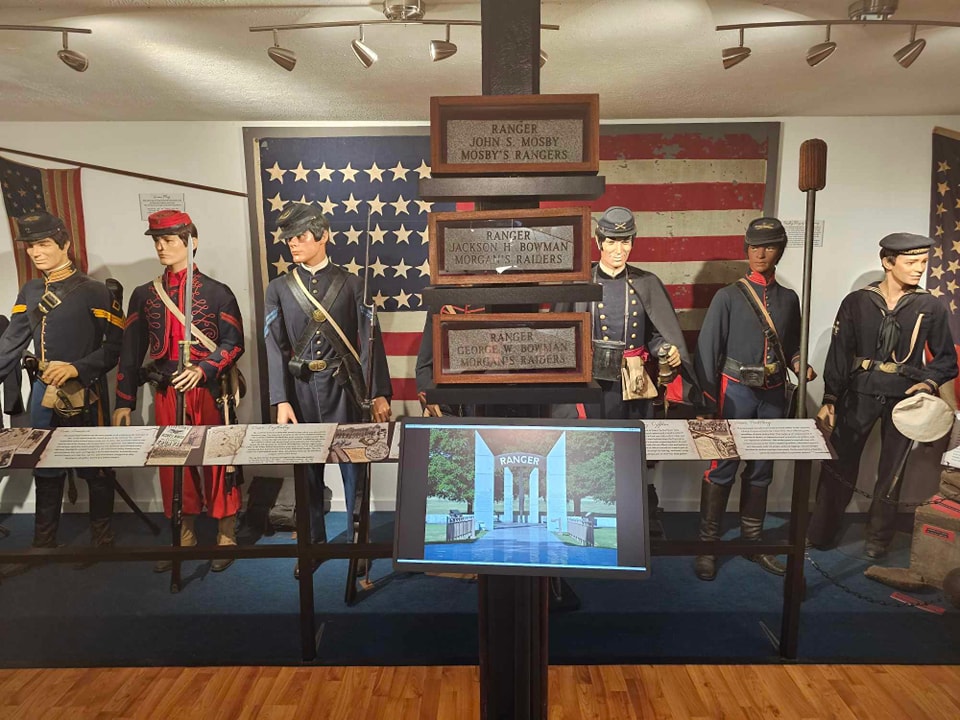
Georgia, the Empire State of the South, played a crucial role in the American Civil War. In 1861, the state boasted numerous growing industrial cities such as Atlanta, Augusta, Macon, and Columbus, while coastal Savannah was a prosperous cotton and rice port. During the four years of conflict, Georgia provided the war effort with thousands of troops and vast quantities of food and supplies.
In 1864, the War came to Georgia with Federal troops, marching from their base in Chattanooga, Tennessee, eventually capturing Atlanta and then marching to Savannah, leaving a path of destruction. Many historians consider the loss of Atlanta the final death knell of the Confederacy.
Numerous historical sites associated with the 1864 Atlanta campaign were lost to development over the last 155 years; however, many were intact and need preservation. With this in mind, the Georgia Civil War Commission was formed by the General Assembly in 1993 to coordinate the planning, preservation, and promotion of structures, battlefields, and other sites associated with the Civil War that are not already managed by the state or federal government. The Commission comprises fifteen volunteers appointed by the Governor, Lieutenant Governor, and Speaker of the Georgia House of Representatives.
![]()
An early victory for the Georgia Civil War Commission was the Battlefield at Griswoldville in middle Georgia, located in Jones and Twiggs Counties. The Commission acquired 17 acres at the site of the only infantry engagement before Union General William T. Sherman arrived in Savannah during the March to the Sea, which is now a state historic site.
From its inception, the Georgia Civil War Commission focused on preserving the Battlefield at Resaca, where Sherman and Joseph E. Johnston’s troops collided in May 1864 in the first significant engagement of the Atlanta Campaign. In May 2000, the state purchased a 508-acre tract of that battlefield for $2.36 million, a major Civil War preservation victory, with the Commission being a key player in facilitating the sale.
Additionally, the Commission played a vital role in preserving a 190-acre tract of land in southwest Atlanta adjacent to Utoy Creek, which was on the Civil War Preservation Trust’s Ten Most Endangered Battlefields. Throughout the property, trenches dug by Union Gen. John Palmer’s XIV Corps in August 1864 during the siege of Atlanta are visible.
In 2001, the Commission began negotiations with the landowner, Cascade Properties, to save the property. With philanthropic help from the Arthur Blank Family Foundation, the Georgia Greenspace Program, the City of Atlanta Greenway Acquisition Project, and the Quality-of-Life Improvements Bond Project, the Georgia Civil War Commission facilitated the purchase of the land for the City of Atlanta for $2.65 million. Plans for the site, a heavily wooded parcel surrounded by a residential area, include trails and interpretive signs.
When development threatened 208 acres of pristine battlefield associated with Kilpatrick’s Raid, the Georgia Civil War Commission worked with individuals, Henry County Commissioners, the American Battlefield Trust, and the Georgia Battlefield Association to save the property. In 2006, once the property was secured, the Commission helped place interpretative signs and groom the once-family farm into a tourist attraction. Nash Farm Battlefield Park, as it is known, became a historical gem south of Atlanta.

In 2010, the Georgia Civil War Commission co-published a revised edition of Crossroads of Conflict, a detailed guidebook to the state’s Civil War sites, with the University of Georgia Press, the Georgia Department of Economic Development, and the Georgia Humanities Council. During the Sesquicentennial, the Commission published a booklet entitled Georgia’s Confederate Counties, telling the history of counties whose namesake played a role in the War Between the States. Creating a poster of the “Great Locomotive Chase” was one of the ways the Commission assisted teachers in bringing history to the classroom during the Sesquicentennial. Reprinting the Centennial maps of the Battle of Atlanta and Georgia was another project the Commission undertook.

With the spotlight on Georgia and the entire South during the 150th anniversary of the American Civil War, the Georgia Civil War Commission partnered with different organizations and groups to showcase this period’s history. Re-enactments, educational symposiums, government proclamations, and placing interpretative signs in communities across the state are some ways the Commission remembered this key anniversary.
The Georgia Civil War Commission funded Ground Penetrating Radar studies to locate unmarked graves in many different locations, including the District Hill Slave Cemetery south of Chickamauga. This was to increase public awareness of the impact of slaves, and despite the conditions and circumstances of the era, the known persons buried at District Hill lived, labored, and died for the betterment of others’ lives. The Commission has given advice and guidance throughout this project.
In the over 30 years of existence, the Georgia Civil War Commission has worked alongside local museums, partnering to bring the rich history of this time period alive for tourists. Heritage tourism impacts Georgia’s economy, and the Commission wants to assist these entities in retelling the various stories of Georgia and its residents. Some of the more renowned ones are Oakland Cemetery and Georgia Capitol Museum Hall of Valor. Still, the smaller gems are the Drummer Boy Museum in Andersonville, Tunnel Hill Heritage Center in Dalton, and Crawford Long Museum in Jefferson.

With Heritage Tourism a key factor for Georgia’s tax base, the Georgia Civil War Commission has partnered with local governments and non-profits to place makers denoting the history of events or individuals throughout the state. Many of these signs can be found on the website. The most distinguished that is a current project of the Commission is the Chickamauga Campaign Heritage Trail. The elements of nature have caused damage and age to the wayside markers’ sign panels, so the Commission is replacing them for future generations.
In the field of education, the Georgia Civil War Commission sponsored educational symposiums, as well as maps and classroom resources to assist teachers with students of all ages. The Commission partnered with Kennesaw State University’s Center for the Study of the Civil War Era to bring Collectors’ Showcases, leadership symposiums, and educational symposiums. The Commission supported the research of primary sources to continue to learn and explore the plethora of perspectives and unknown documentation.
The Georgia Civil War Commission continues to sponsor and host national conferences, education forums, and preservation forums and network with local, state, and national preservation groups. Commissioners are regularly asked to endorse preservation efforts and speak at meetings and lectures.